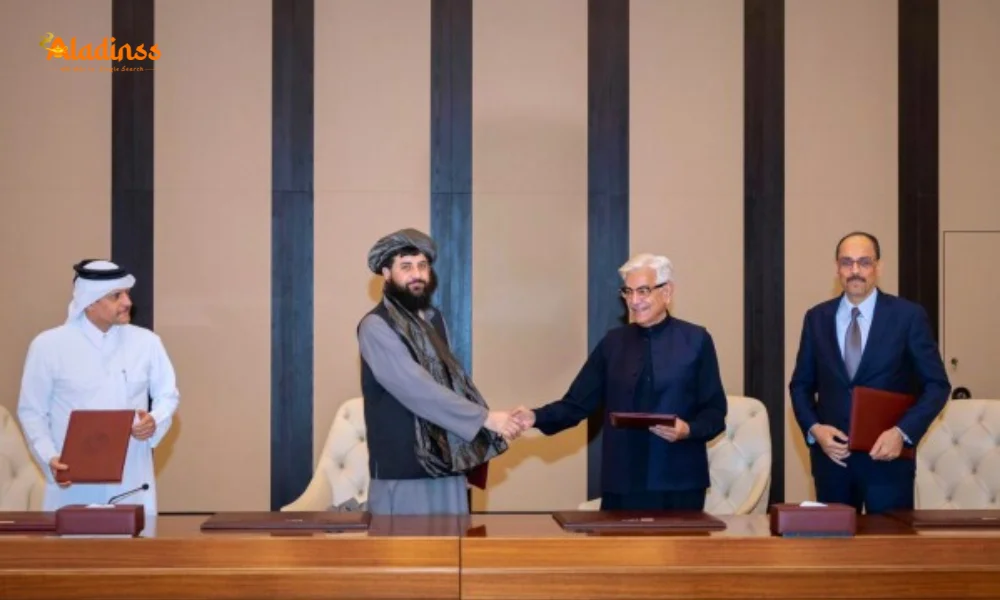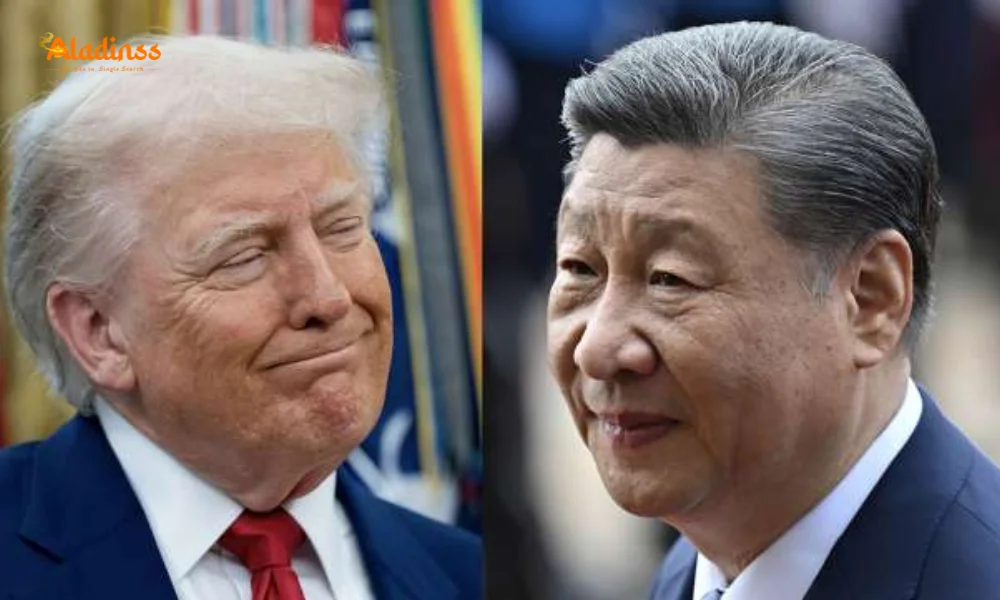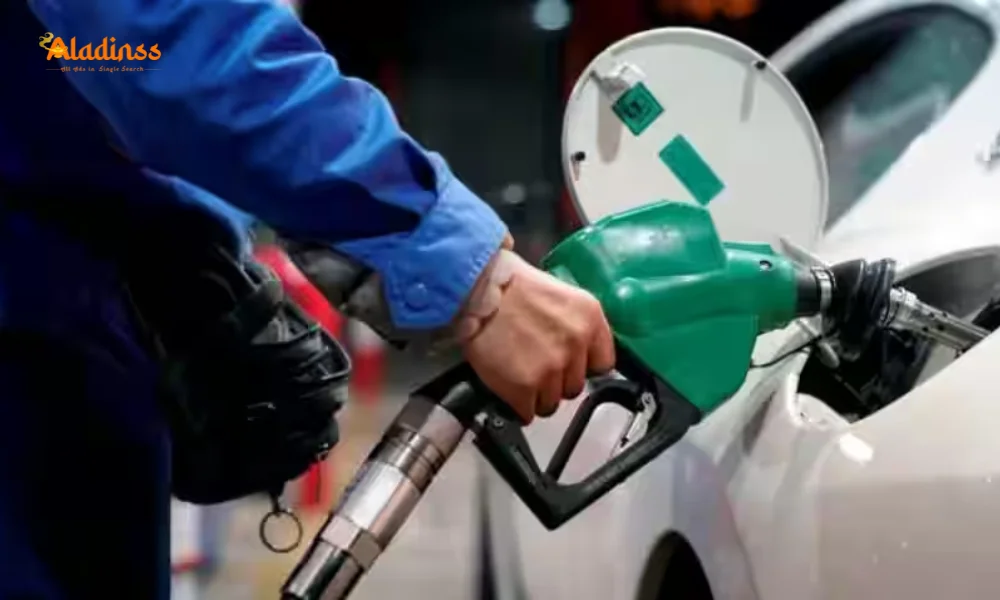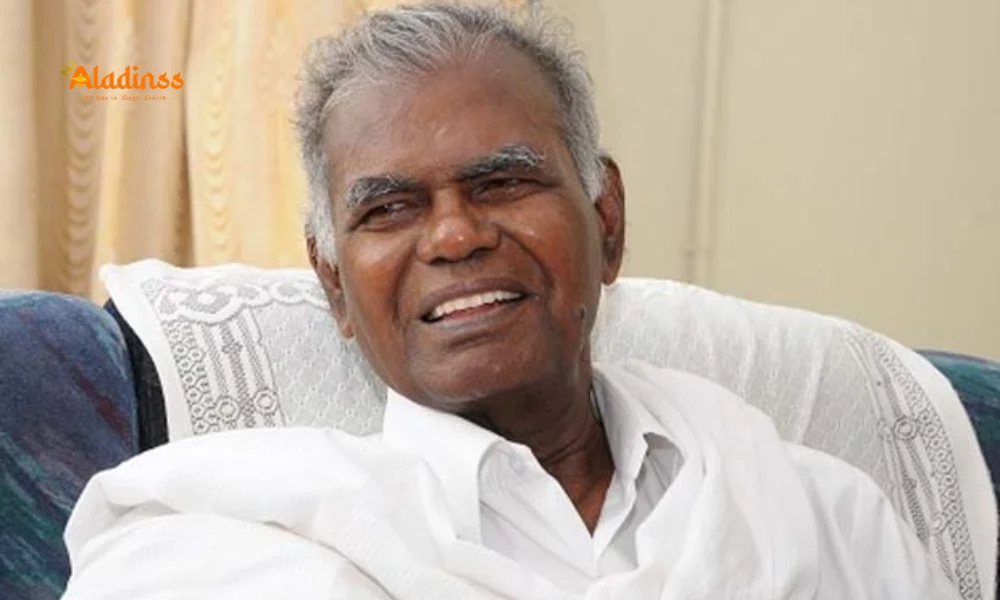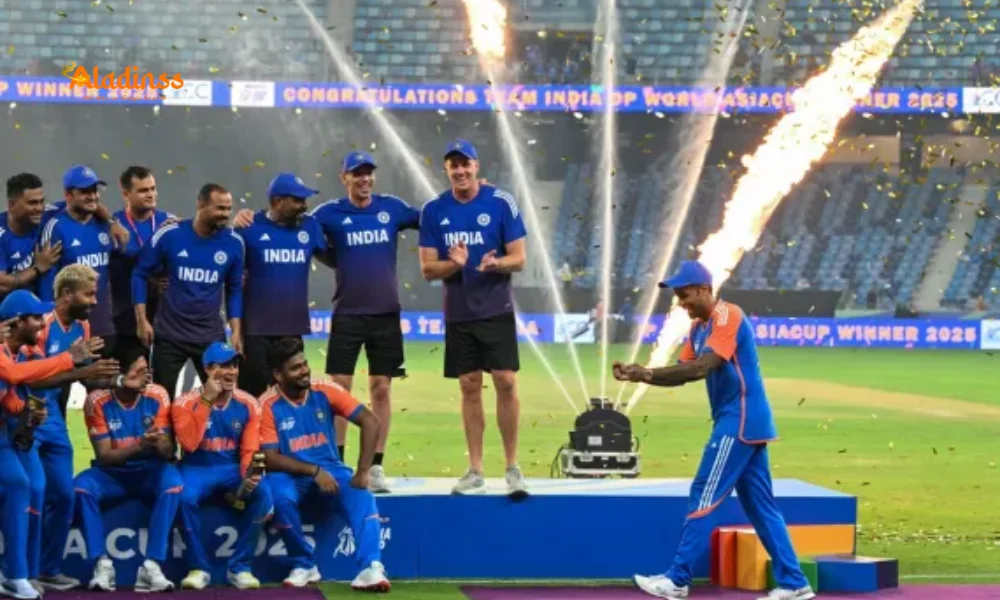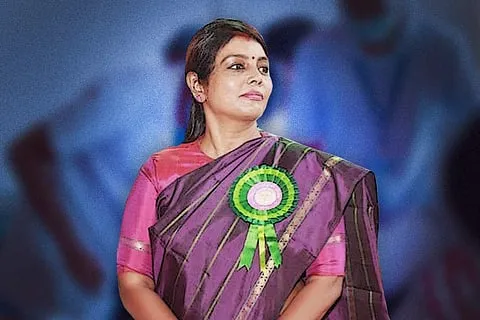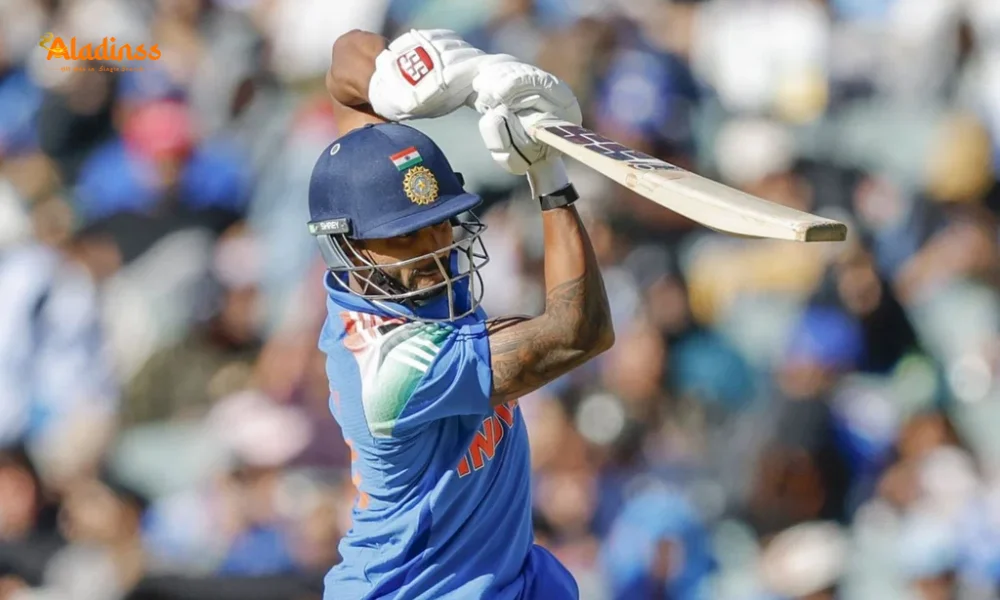Nepal Lifts Social Media Ban After Deadly Protests Claim 19 Lives
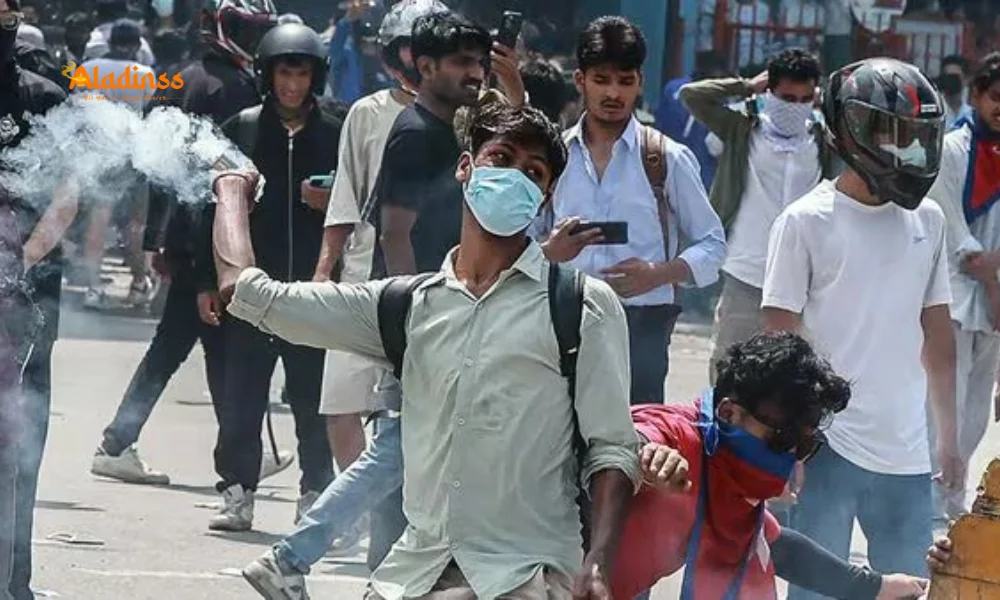
Nepal Restores Social Media After Violent Protests Leave 19 Dead
In a significant development, Nepal restored access to major social media platforms, including Facebook, X, and YouTube, on September 8, 2025, just a day after violent protests rocked Kathmandu, claiming 19 lives. The protests, driven by widespread anger over a government-imposed ban on 26 unregistered social media sites, highlighted deep-seated frustrations with corruption and economic challenges in the Himalayan nation. The government’s decision to lift the ban followed an emergency cabinet meeting, prompted by intense public outcry and deadly clashes between protesters and security forces. This article explores the events leading to the unrest, the government’s response, and the broader implications for Nepal’s political landscape.
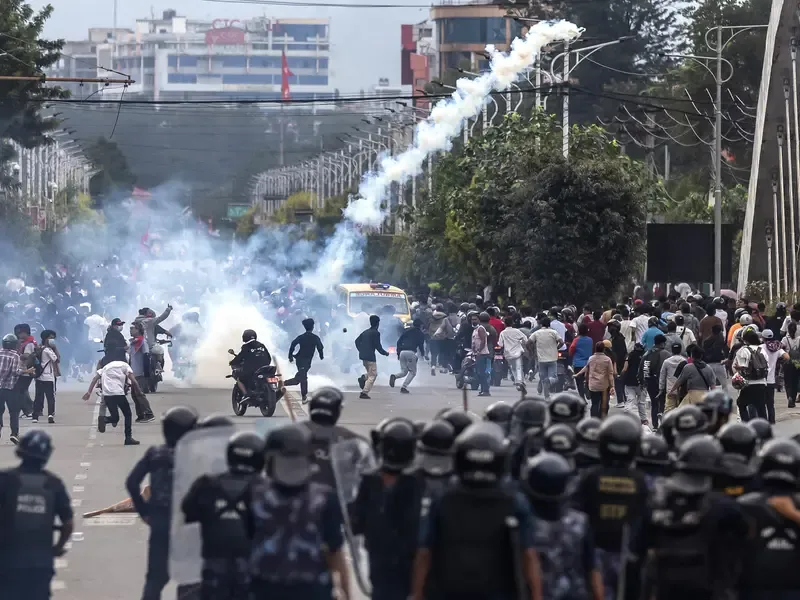
Nepal Lifts Social Media Ban After Deadly Protests Claim 19 Lives
On September 8, 2025, Nepal witnessed a dramatic reversal as the government lifted its controversial ban on 26 major social media platforms, including Facebook, X, and YouTube, following violent protests that left 19 dead and hundreds injured. The unrest, primarily led by the nation’s youth, erupted in response to the government’s decision to block unregistered digital platforms, igniting widespread anger over restricted access and perceived governmental overreach. The protests, which swept through Kathmandu and other cities, underscored deeper issues of corruption and economic hardship, amplifying calls for reform. This article delves into the causes of the protests, the government’s response, and the broader socio-political context shaping Nepal’s latest crisis.
The Trigger: Nepal’s Social Media Ban
The unrest began when Nepal’s government, led by Prime Minister K.P. Sharma Oli, imposed a ban on September 4, 2025, targeting 26 social media platforms that failed to register with the Ministry of Communications and Information Technology. The directive, rooted in a Supreme Court order, required platforms like Facebook, X, WhatsApp, and YouTube to appoint local representatives and comply with regulations aimed at curbing hate speech, misinformation, and cybercrime. With approximately 90% of Nepal’s 30 million population using the internet, the sudden blackout of these platforms disrupted communication, education, and commerce, sparking outrage among the youth, who dubbed the protests a “Gen Z revolution.”
The ban was particularly contentious given Nepal’s economic challenges, with a GDP per capita of $1,447 and an unemployment rate of around 10%, according to World Bank data. For many Nepalis, social media platforms are vital for small businesses, remittances from abroad, and staying connected with families. The government’s move was perceived as a misstep, prioritizing regulatory control over addressing pressing issues like unemployment and corruption, which fueled public discontent and set the stage for widespread protests.
Violent Protests Erupt Across Nepal
On September 8, 2025, thousands of young protesters, many identifying as Gen Z, took to the streets of Kathmandu, Pokhara, Bharatpur, and other cities, demanding the restoration of social media access and action against systemic corruption. In Kathmandu, demonstrators waving national flags broke through barbed wire barriers near the Parliament complex, chanting slogans like “Stop corruption, not social media.” The protests turned violent as police deployed water cannons, tear gas, batons, and, according to Amnesty International, live ammunition to disperse the crowds. Local media reported 17 deaths in Kathmandu and two in Sunsari district, with hospitals treating dozens of injured protesters, many with gunshot wounds.
Eyewitnesses described chaotic scenes, with protesters hurling stones and water bottles while security forces responded with force. The violence prompted authorities to impose curfews in Kathmandu and other cities, including Birgunj and Bhairahawa, and deploy the Nepal Army to restore order. The clashes marked one of the deadliest episodes of unrest in Nepal’s recent history, drawing international condemnation and calls for accountability from organizations like the United Nations.
Government Reverses Ban Amid Pressure
Facing intense public and international pressure, Nepal’s government held an emergency cabinet meeting on the evening of September 8, 2025. Minister for Communication Prithvi Subba Gurung announced the immediate lifting of the social media ban, with instructions issued to the Nepal Telecommunications Authority to restore access to all affected platforms. By Monday night, services like Facebook, X, and WhatsApp were operational again in Kathmandu, marking a significant concession to the protesters’ demands.
Gurung urged the Gen Z protesters to suspend their demonstrations, promising relief for the families of those killed and free medical treatment for the injured. The government also formed a judicial committee to investigate the violence, with a 15-day deadline to submit its findings. However, Prime Minister Oli deflected responsibility, blaming “infiltrating groups” for the unrest, a claim that has drawn skepticism from analysts who argue the protests reflect genuine public grievances.
The Role of Social Media in Amplifying Dissent
Despite the ban, platforms like TikTok, which remained accessible after registering with the government, played a pivotal role in fueling the protests. Viral videos under hashtags like #NepoKids highlighted stark inequalities, contrasting the struggles of ordinary Nepalis with the lavish lifestyles of politicians’ families. These clips, showcasing luxury cars and designer goods, resonated deeply in a country where the average per capita income is just $1,300, amplifying public anger and mobilizing youth to take to the streets.
Social media’s role as a tool for activism and communication has made it indispensable in Nepal, where 13.5 million people use Facebook and 3.6 million use Instagram. The ban disrupted not only personal connections but also small businesses and digital commerce, which rely heavily on these platforms. The restoration of access was a direct response to the protesters’ demands, but it also underscored the power of digital platforms in shaping public discourse and challenging government policies.
Political and Economic Context
The protests were not solely about the social media ban; they reflected deeper frustrations with Nepal’s political and economic landscape. Since the abolition of the monarchy in 2008, Nepal has seen 14 governments, none completing a full five-year term, leading to chronic political instability. Prime Minister Oli, in his fourth term, faces criticism for failing to address corruption and economic stagnation. High-profile scandals, such as the 2017 Airbus deal that cost the state $10.4 million, have further eroded public trust.
Economic challenges, including high unemployment and low wages, have driven thousands of young Nepalis to seek opportunities abroad, with remittances forming a significant part of the economy. The social media ban was seen as a direct attack on their ability to connect and conduct business, exacerbating feelings of alienation among the youth. Protesters, inspired by recent anti-corruption movements in Sri Lanka and Bangladesh, demanded systemic change, signaling a broader call for accountability and reform.
International Reactions and Implications
The violent response to the protests drew swift international condemnation. The United Nations called for a transparent investigation into the use of lethal force, with spokesperson Ravina Shamdasani expressing shock at the loss of life. A joint statement from the embassies of Australia, Finland, France, Japan, South Korea, the UK, and the US expressed sorrow over the violence and urged restraint. The Committee to Protect Journalists warned that the ban set a “dangerous precedent” for press freedom, highlighting concerns about Nepal’s regulatory policies.
India, Nepal’s closest neighbor, issued an advisory for its nationals, urging caution and compliance with local curfews. The Sashastra Seema Bal intensified border patrols to prevent any spillover of unrest, reflecting the regional implications of Nepal’s crisis. The protests have also raised questions about the Oli government’s stability, with opposition parties and some coalition members calling for his resignation, further complicating Nepal’s fragile political landscape.
What Lies Ahead for Nepal
While the restoration of social media access has addressed one of the protesters’ key demands, the underlying issues of corruption and economic inequality remain unresolved. The resignations of Home Minister Ramesh Lekhak and Agriculture Minister Ramnath Adhikari, citing moral responsibility, signal internal dissent within the government. However, Prime Minister Oli’s refusal to step down and his attribution of the violence to external groups suggest a reluctance to acknowledge public grievances.
The protests have galvanized Nepal’s youth, who see themselves as part of a global wave of anti-establishment movements. The government’s next steps, including the findings of the judicial probe and its approach to addressing corruption, will be critical in restoring public trust. For now, the lifting of the social media ban marks a temporary de-escalation, but the Gen Z-led movement has underscored the power of collective action in challenging systemic issues in Nepal.
Comment / Reply From
No comments yet. Be the first to comment!

